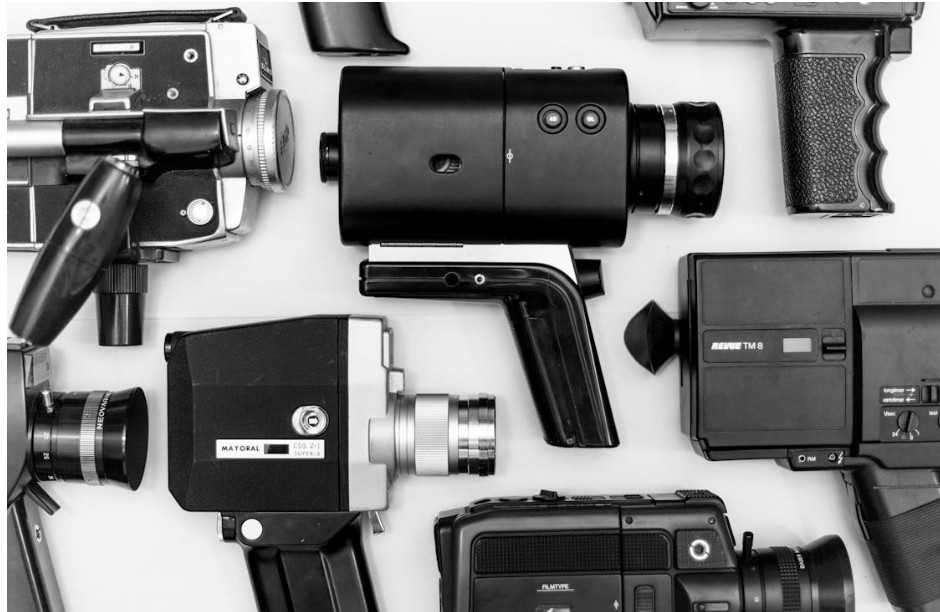For your video production project, you have a story to tell and a camera now. However, simply pointing your camera and shooting will not yield a visually compelling motion picture for you. This is where the art of cinematography comes into play in the video production domain. Cinematography is more than just capturing some pictures. It is about using the camera to evoke emotions, communicate and guide the eyes of viewers. Indeed, mastering cinematography is a lifelong journey. However, gaining knowledge on some essential techniques will elevate your filmmaking dramatically from an amateur to a captivating videographer. From this blog post, you can understand how to master the frame in cinematography:
Understanding the Language of Shots
Essentially, cinematography is about how you frame your subject within a rectangular space of the viewfinder of your camera. Different types of shots convey varied feelings and information. Here are some shot types you should be aware of:
Extreme Close-up Shots
In this type of shot, you will capture tighter pictures highlighting a very small detail, like a property or an eye. With this shot type, you can create intense focus or emphasise an important element.
Close-up Shots
With this shot type, you will focus tightly on a particular part of the subject, like the face. Close-ups are powerful when it comes to conveying emotions. It will also help highlight details and draw the attention of viewers to a specific object or part.
Medium Shot
The purpose of this shot is to frame the subject from the waist up. The purpose is to see the expressions of the subject and also a few of their body language. This versatile shot is often used for showing interactions and dialogues.
Wide or Long Shot
Long or wide shots establish the scene. They show the subject in relation to the atmosphere. They give a sense of place ot the audience and they are the ideal choices for setting the context. In a long or wide shot, you can think of introducing all characters or an epic landscape in a scene.
Apart from the shot type composition, you should also plan how to arrange elements within the frame. Here, you can follow the rule of thirds. You can imagine splitting your frame into 9 equal sections by two vertical or horizontal lines. You can imagine that placing your key points of interest or subjects along these lines or at their intersections will help you create a more visually appealing and balanced video.
The Power of Perspective Camera Angles
The angle from which you shoot your subject can dramatically change how viewers see it. Here are cinematography techniques you can follow in video production in this regard:
- Over the Shoulder Shot
- High Angle Shot
- Low Angle Shot
- Eye-level shot
In cinematography, you should understand basic lighting techniques and basic camera movements as well. All these things together can improve the quality of your videos in video production.
